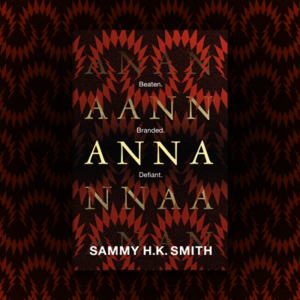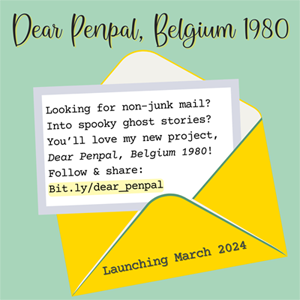Have you ever wondered how your favorite story would sound if written by another author? What is it exactly, that makes writers different? What does each one bring to the story they’re writing, in terms of style, mood, tone, etc? How would the story sound as written by someone else?
That’s what the Reading 5X5 anthology explores – twenty-five SFF writers writing five variants of five stories. I asked five groups of five authors to start from the same basic story brief, but write in their own way. The result is fascinating – five wildly different approaches to each of the five briefs, but each telling, at its core, the same story.
Where did this come from?
In 2013, I read Retrospective: the Best of Gene Wolfe, in which he encourages writers to pick a story by a successful author, rewrite it from scratch, and analyze the differences. I liked the idea, but never got around to actually doing it.
In 2015, I participated in my first Novel-in-a-Day, in which each author writes one chapter of a novel, based on just a few shared facts and plot elements. There are usually multiple versions of each chapter, and it’s always interesting to read another author’s take on ‘your’ chapter.
From those two seeds, Reading 5X5 arose in mid-2017. What if comparing and contrasting different authors’ takes on the same material was the focus of the effort, rather than a bonus? What if it were an anthology, with several groups of authors taking on the same stories?
Between 2013 and 2017, it just happened that I had started an online SFF magazine, Metaphorosis. By the time I’d come up with the anthology idea, we’d been publishing for almost two years. That meant I had a ready-made pool of authors whose work I knew I liked. I sent out a query, which said, essentially – “Here’s a fun idea. Are you interested? And by the way, let’s do it for charity, so please give me your work for free.” I’m happy to say that a lot of people said yes, because that’s just how Metaphorosis authors are.
Around the same time, I’d come up with the Reading 5X5 title, which gave me the size of the anthology. We had so much interest that we signed up alternates, in case someone needed to drop out. In fact, no one did (the one down side being that I didn’t get to step into the gaps myself.)
So, how did it all work out?
I’m extraordinarily pleased. The stories are fascinating to read and to compare. Some groups ended up reasonably similar (in theme, but not in detail), while others were strikingly different. Some authors stuck close to the brief; others (even those who wrote the briefs) veered off in unexpected directions. No matter what, though, the stories in each group are recognizably the same story at their core, while being creatively, inventively different in most other ways.
Not only that, but it was fun to do.The whole endeavour was collaborative. Writers volunteered to write the story briefs, they took on the proofreading, and they participated in promotion. I enjoyed it, and I think the writers did too.
What about the actual book?
From the start, I wanted the anthology to work for two groups – readers (people like my spouse, who just want to read good stories and can’t be bothered with all the trim) and writers (who want to really dig in and see how and why the stories differ, and how they would have handled the brief). True to that goal, we’ve produced two editions of the book.
- The Readers’ edition – just 25 great stories from five story seeds.
- The Writers’ edition – all 25 stories, plus two extras, plus the original story briefs, plus extensive author’s notes for each story and by the writer of each brief. My recommendation is that writers who really want to make the most of the book start with the briefs, and write their own story from one or more of them before reading the anthology. See what choices you and the other authors made, and how they worked out differently. To help that along, set up a website where authors can post their stories and compare with an even larger group: x1.reading5X5.com
You can probably tell I’m rooting for the Writers’ edition. The stories are great in themselves, and I hope a lot of people will enjoy them. But the Writers’ edition is where the real fun is, in my mind. It’s not only interesting in itself – seeing the genesis and the thought process of each author – but it’s a ready-made writing exercise that authors can try on their own, with their critique groups, or, via the website, with strangers. The best ways to develop as a writer are to read and to write. Reading 5X5 offers both. Come check it out!
And did I mention it’s for charity? All proceeds go to the Clayton Memorial Medical Fund, providing for critical medical expenses of SFF writers in the Pacific Northwest (where Metaphorosis is based).
#SFWAPRO
Enjoy this writing advice and want more content like it? Check out the classes Cat gives via the Rambo Academy for Wayward Writers, which offers both on-demand and live online writing classes for fantasy and science fiction writers from Cat and other authors, including Ann Leckie, Seanan McGuire, Fran Wilde and other talents! All classes include three free slots.
If you’re an author or other fantasy and science fiction creative, and want to do a guest blog post, please check out the guest blog post guidelines.













